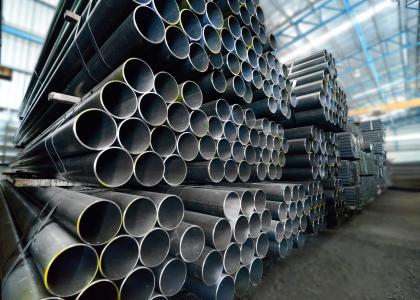Energy efficiency programs for utility customers are incorporating new technologies, program designs, and marketing approaches as they strive to achieve high energy savings as required by various state policies and regulations. Such programs are rising to meet numerous challenges created by changes in markets, technologies, and more stringent building energy codes and appliance standards. This report examines 22 program types and concepts to identify trends in their approaches to capturing cost-effective energy efficiency opportunities available to electricity and natural gas customers. A common thread of next generation programs is high performance. For commercial and residential buildings, achieving high performance focuses on system efficiencies. In industry, the focus is on optimization of processes. This research finds that significant progress is being made across the wide spectrum of programs to achieve and sustain high energy savings. The report provides numerous examples of innovative programs. In some cases, new technologies may revolutionize markets and associated customer applications. In other cases, programs will need to be redesigned to offer incentives and services that produce much higher savings than traditional approaches. Significant savings can be realized through better building and systems design, high quality installation practices, and improved operations practices that optimize and maintain system performance. Behavior change represents another key frontier in achieving energy savings, with improved feedback and communications targeted to both inform and motivate customers to action. Collectively these programs are capable of capturing high energy savings.
Download the report's executive summary here










